Learn about Fossils with Fossil Dough
Today, we learned about fossils as part of our homeschool Dinosaur Unit Study. We made a special kind of fossil dough to teach the kids about fossils, how they form, and how scientists use them to learn more about dinosaurs.
Making fossil dough is easy!
Making fossil dough is a lot like making salt dough, but with a wonderful twist (hint: it involves coffee grounds) that makes fossil dough even more enjoyable for sensory play.
I also changed the basic recipe a little to make ours have more of a chocolate smell.
To make some fossil dough for your kids, you’ll need:
- 1/2 Cup Used Coffee Grounds
- 1 Cup Flour
- 1/2 Cup Salt
- 1/4 Cup Fresh Coffee Grounds
- 1/4 Cup Cocoa Powder
- 3/4 Cup Cold Coffee
Mix it all up together, adding more flour or coffee as needed until the consistency is right, and it doesn’t stick to your fingers. The final result is a sensory fossil dough that is a little grainy. This dough would be a wonderful addition to any sensory bin!
See our printable pack for more sensory dough recipes
Once you have the dough, your kids can start learning about fossils by pressing everyday objects into the fossil dough and pulling them carefully up to leave a clean imprint of the object. We used toy dinosaurs to leave footprints, and smaller figures to leave an imprint of their full body.
After your kids are done playing around and learning with their fossil dough, you can bake the dough or leave it out to dry until it’s hardened. This then adds another level of learning through play!
Your kids can attempt to match the objects to their imprint, or bury them and carefully dig up the fossils for their very own excavation dig.
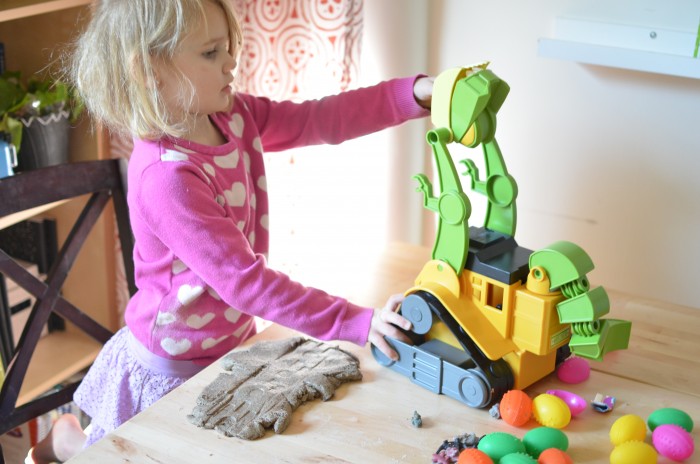
Talk points as you explore fossil dough:
- What makes a better imprint, hard objects, or soft ones? Can you make an imprint with a leaf? How about a cotton ball? Why do you think we have fossils of dinosaur skeletons, but not their skin or muscles?
Explain to your children that soft objects, like the feathers on a bird, or the wings of a bug are less likely to show up in fossil form because they are so thin and delicate (although it’s not impossible!)
- Experiment with the texture of the fossil dough and see if you can get better detail with other textures. Explore the question, why do some parts of the world have more fossils than others?
A smooth dough, like Play-Dough, will show more of the fine details of an object than a grittier dough would. Some environments are more conducive to preserving fossils than others due to the makeup of their soil, temperature, moisture levels, and other factors.
- How do you think the fossil skeletons of dinosaurs you see in the museum were made?
Experimenting with fossil dough shows how one kind of fossil forms – over time, soil and sediment would fill the imprint, and that would become fossilized. Other fossils are formed by re-mineralization (bones become fossilized this way; they get buried, and over time become more like rocks than bones because a chemical change occurs), by being encased and preserved in something (like amber), or by becoming petrified!
- What kinds of things from our time could be fossilized, and what would it tell future people about us and our life right now?
Fossils are the only thing we have to help us learn more about dinosaurs; it’s all the evidence we have left of them! While you make imprints of everyday objects with your fossil dough, discuss with your children what they say about us and our lives.
Learn more about fossils and dinosaurs
Visit Fossils for Kids (make sure you check the site out first, I can’t promise all the links are kid friendly) and look at the different types of fossils and how they form.
Check out these dinosaur activity pages, which include a dinosaur I Spy page, a coloring page, a word search, and a maze.
Unit Studies are so much more fun when you supplement them with themed reading and playtime, and this link leads you to books, science kits, and toys we have found for our dinosaur unit study.
And here are some ideas, resources, and activities about dinosaurs, including arts and crafts, science, language arts, and more.
Books about Dinosaurs
It’s always a great experience to augment your kids’ education with some reading. Here are a few books that you might enjoy reading together to learn more about dinosaurs and fossils.



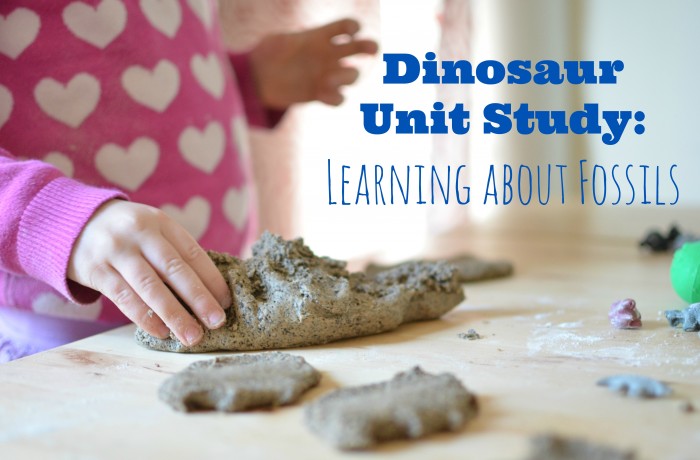
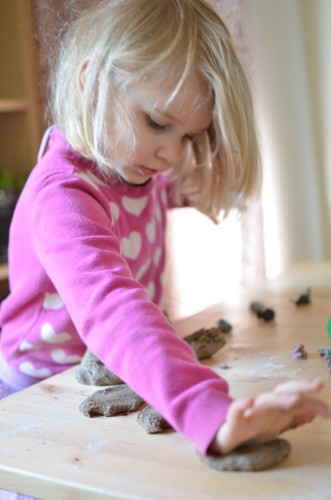
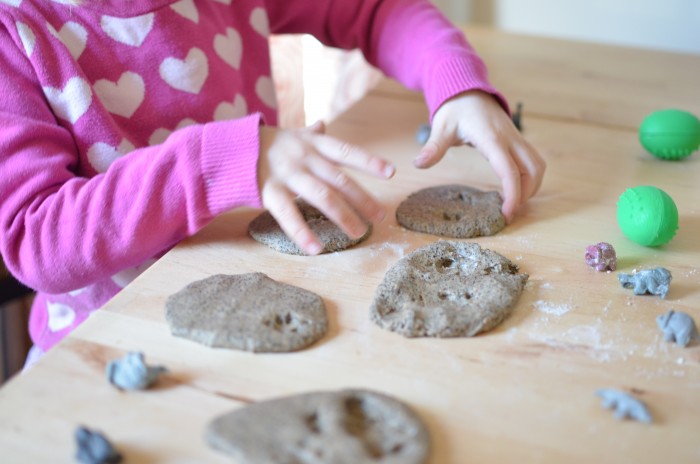
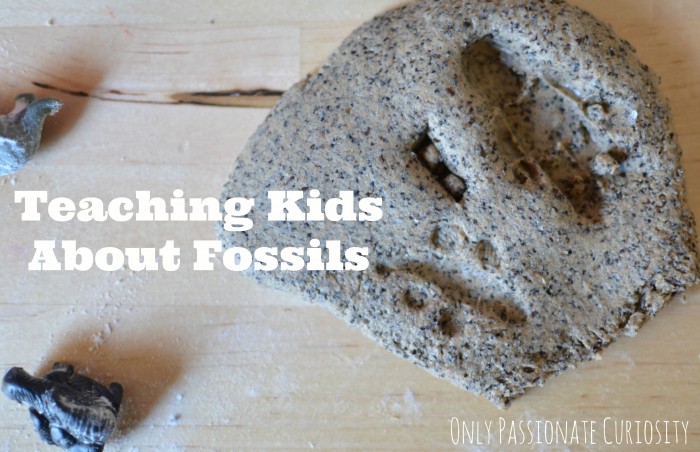
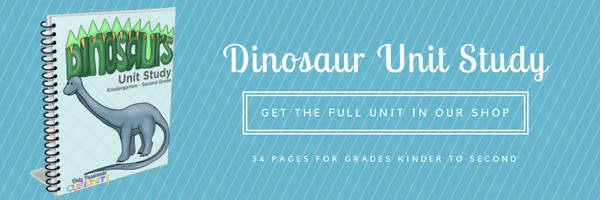
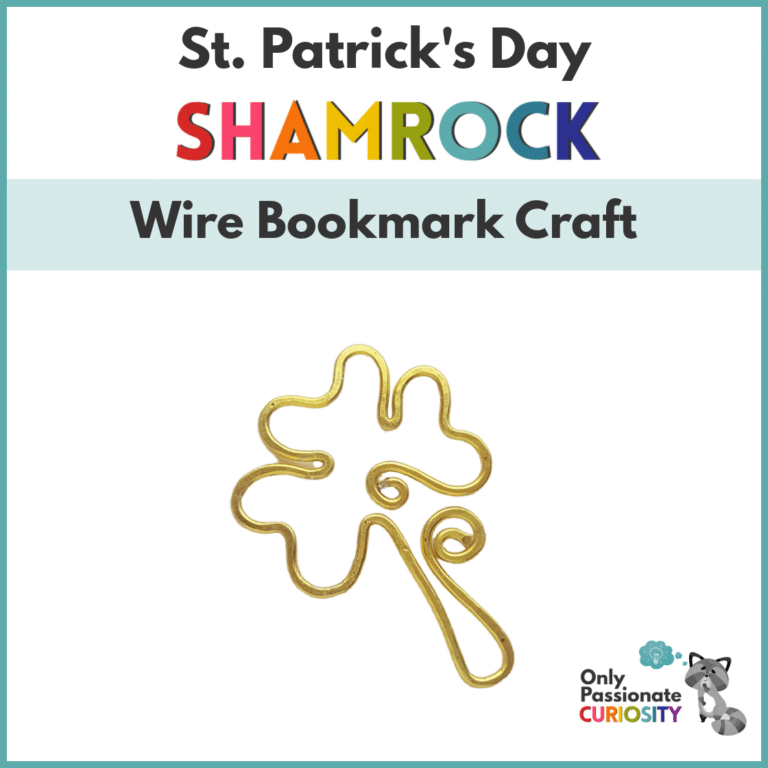


Thank you for this! My son will love this; especially since we haven’t had any playdough in the house for quite awhile!